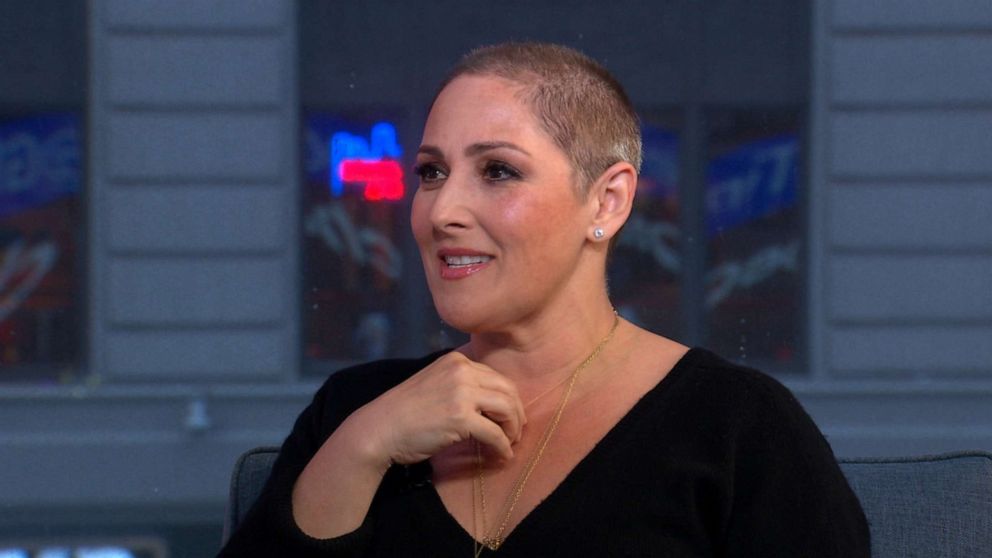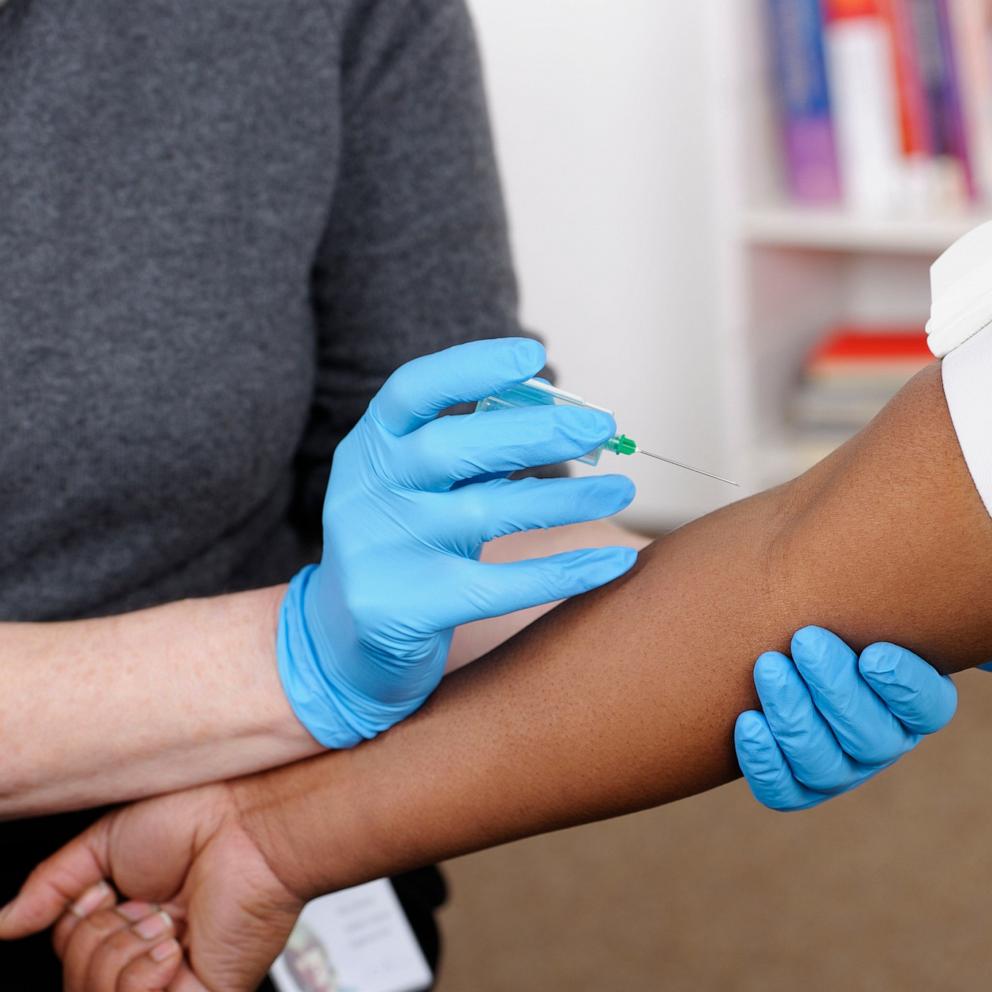Ricki Lake opens up about 30-year battle with hair loss: What to know
Ricki Lake opening up about her 30-year battle with hair loss is shining a light on the prevalence of the condition in women.
The former talk show host and actress, 51, first revealed in a social media post that the condition has been "debilitating, embarrassing, painful, scary, depressing, [and] lonely," and that she has been "suffering mostly in silence" until now.
"I feel like I can finally be truly me," Lake, wearing no wig or extensions, told ABC News' Robin Roberts on "Good Morning America." Lake believes her career as a public figure, hormones, crash dieting, weight fluctuations and genetics contributed to her hair loss.
Hair loss among women is common. An estimated 50% of women will experience some form of noticeable hair loss in their lifetime, according to the Cleveland Clinic.
Male or female pattern baldness is the most common cause of hair loss in men and women, according to the National Institutes of Health. Although common in both sexes, the distribution of hair loss differs among the two. Balding in men usually occurs above the temples followed by a receding hairline, whereas women usually do not experience a receding hairline. Hair thinning in women typically occurs all over the head and rarely progresses to total baldness.
"This is massive, and it is extremely anxiety-producing for both women and men, albeit for possibly different reasons," ABC Chief Medical Correspondent Dr. Jennifer Ashton said. "We often attach our measure of attractiveness with our hair, and that is not only inaccurate, it is unrealistic since many of celebrities are photographed with hair extensions, etc. I think examples of acceptance are so powerful, so that we can change our paradigm of what we find attractive when it comes to hair."
There are multiple factors that contribute to hair loss. Here are some of the causes, treatments and common questions about hair loss.
How common is hair loss in women?
An estimated 30 million women are affected by hair loss, according to the NIH. Fifty percent of women will experience some form of noticeable hair loss in their lifetime, according to the Cleveland Clinic.
Hair loss is usually more common in women who are older than 40 years of age, women who just had babies, women who have taken chemotherapy medications, or women who wear hair damaging hairstyles, according to the Cleveland Clinic.
What are the causes?
There is no single answer to what causes hair loss. Hormones, genetics, stress, chemotherapy and damaging hairstyles are among the factors that contribute.
As women age, hair follicles stop growing and hair begins to lose its color. In addition to aging, damaging hairstyles that pull on the scalp create tension and can lead to permanent hair loss.
The body produces a hormone called androgen that regulates sex drive and hair growth. Increased levels of androgens can result in shorter and thinner strands from the hair follicle. Imbalance in this hormone are typically seen in women who temporarily stop some types of birth control pills and in women who have Polycystic Ovary Syndrome, or PCOS, a common disorder that affects hormone balance.
In addition to hormone levels, genetics play a role in hair loss. Family history is associated with female pattern hair loss. Having a close family member with patterned hair loss increases your risk, according to the NIH. A study showed that out of 210 patients with female pattern hair loss, nearly 85% of the patients had a family history of androgenetic alopecia.
An autoimmune cause of hair loss is Alopecia areata, which commonly occurs with other autoimmune diseases such as thyroid, anemia and skin disorders. It can cause hair loss of the face as well as other parts of the body, according to the NIH. The National Alopecia Areata Foundation reports that it affects as many as 6.8 million people in the U.S.
Hair loss can also be stress-related. Stress can cause increases in the body's immune system as in Alopecia areata, spontaneous hair loss called Telogen effluvium, and hair loss caused by one pulling their own hair out, called Trichotillomania. While stress may be associated with hair loss, it is not permanent. Proper stress management can help.
Damaging hairstyles can also be a factor contributing to hair loss.
What are the symptoms or signs of hair loss in women?
Signs of hair loss vary. While hair loss is often gradual, hair loss can appear suddenly and dramatically, according to the American Academy Dermatology (AAD).
For some women, the first noticeable sign of hair loss is often a widening part or less fullness to their ponytail, the AAD said. Other signs include bald spots that grow slowly, more than usual hair in your brush or comb, and clumps of hair on the floor, showers or sink.
What is the relationship between hair loss in women and menopause?
With the onset of menopause, women can begin to experience hair thinning or hair growth in places they hadn't before. This is due to changes in hormones; estrogen levels decrease in menopause, and high estrogen has been shown to help hair follicle growth and cycling. The average age of menopause for women is 51 years of age.
What treatments exist for hair loss?
There is no one hair loss treatment that works for everyone. Treatments range from prescriptions, vitamins, in-home treatments and wigs, to procedures performed by a dermatologist, according to the AAD.
At-home treatments may include Rogaine, laser caps and combs, and microneedling. Procedures by board-certified dermatologists include steroid injections, hair transplants, laser therapy, and platelet-rich plasma or PRP. Platelet-rich plasma, which is not FDA approved, draws a small amount of the patient's blood, places it into a machine, and injects a separated part into the area with hair loss. Studies show that this can be a safe and effective hair-loss treatment, according to the AAD.
Please consult with a doctor for additional information on treatment options.




